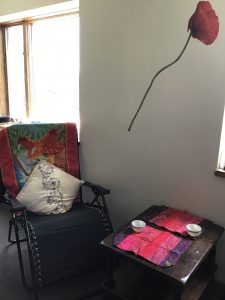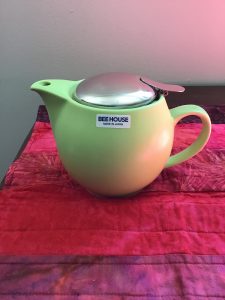
I ask everyone to bring or wear a t-shirt and shorts or yoga pants for comfort.
First, you need to fill out paperwork, a short intake and Consent to Treatment form.
You tell me all of your physical issues, even the ones you don’t think are related to your main complaint. You may also include your mental and emotional issues, since those are intertwined with the physical in Chinese Medicine philosophy.
I will check your tongue and pulses (both sides) to help me figure your unique diagnosis and help me choose your supporting points.
Needling is next. I will insert about 20 needles. You will rest on the table for 20 to 30 minutes. If I include cupping, that will be first with a shorter acupuncture session to follow. If I include CranioSacral Therapy, I will insert a few needles into your lower limbs, work a little on your back and head, then insert some needles in the upper part of your body. Regardless, each session lasts 60 minutes.
Everyone has a cup of tea after the session. It’s a good restorative.
I will also prescribe a bag of tea for you, one of my custom blends.
Then, you can make another appointment, if you like. Or you can wait to see how you feel the next day.


